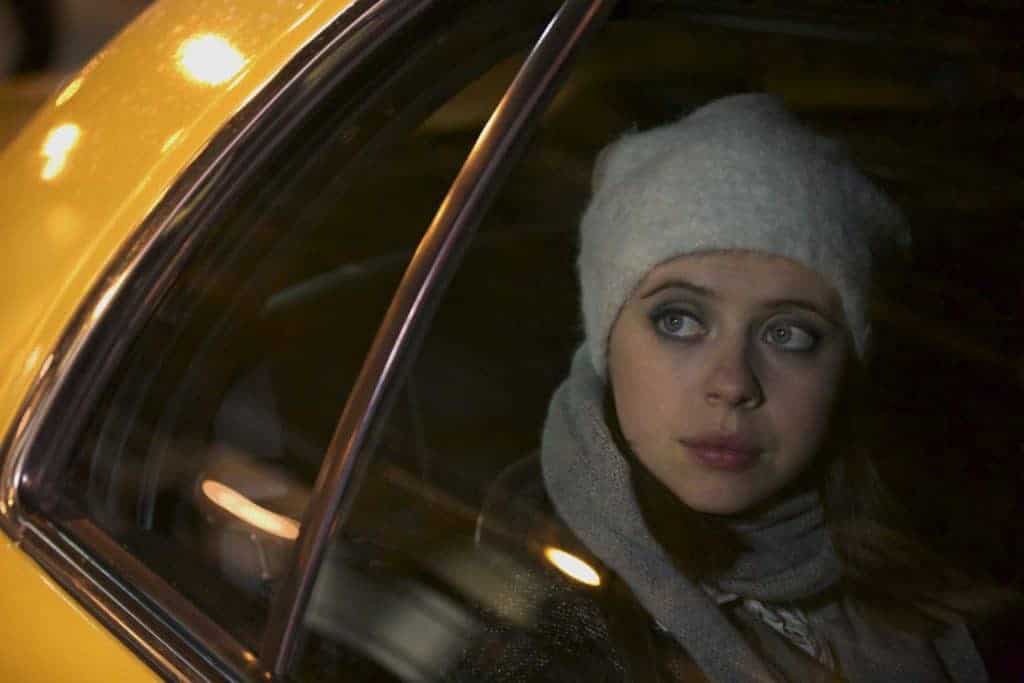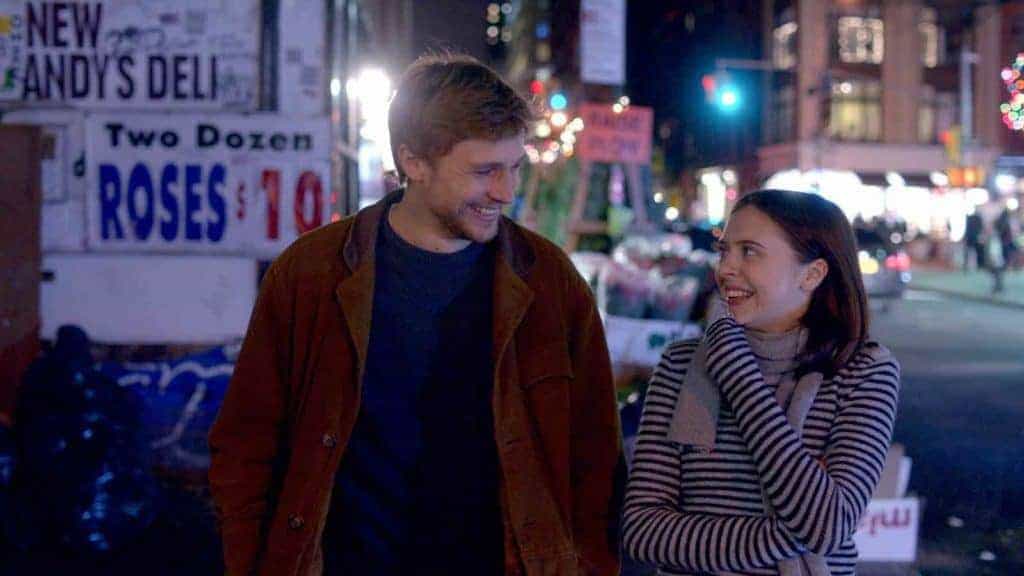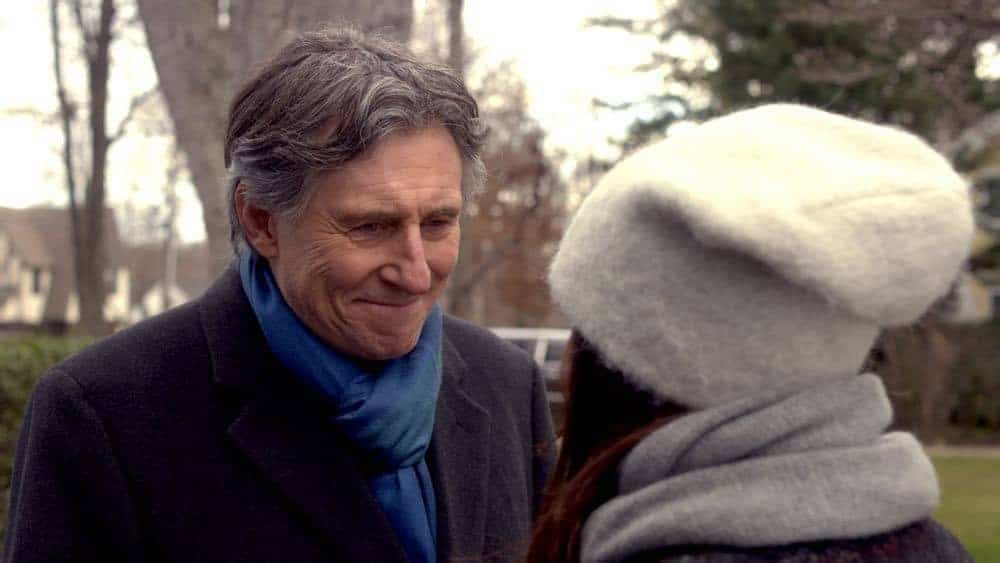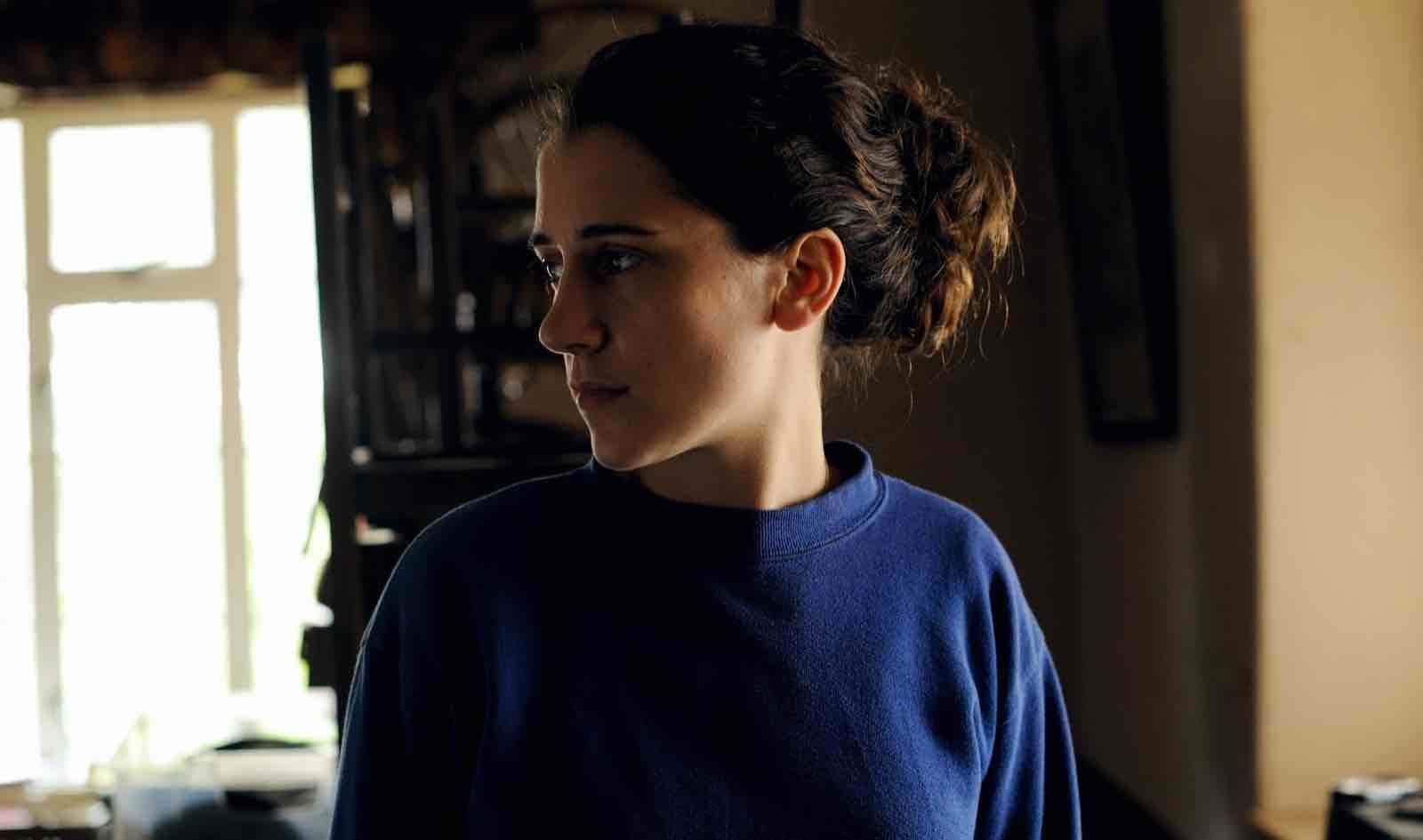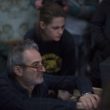Director Susan Johnson discusses her female Holden Caulfield film, Carrie Pilby, one of the highlights of TIFF 2016, and working with her star Bel Powley.
Carrie Pilby is like a more wholesome, less dysfunctional, female version of Igby Goes Down,, and I mean that as a high compliment. It’s the rare film in which not only is the precocious protagonist a young woman, but she talks and behaves in a credible way for someone with such a high intellect.
At 19, Carrie Pilby (Bel Powley) is living in New York City — in bed, mostly — bemoaning the fact that skipping several grades and already graduating from Harvard has put her so far ahead of her peer group that she’s completely alienated and alone. Of course, her prickly personality and quickness to judge is also part of why she hasn’t made many friends. When her psychiatrist gives her a list of things to do, like buying a pet and going on a date, she starts to unexpectedly form connections with others, despite her best efforts to keep herself from opening up.
Bel Powley gives a remarkable performance as a wise-beyond-her-years young woman who is too sophisticated for most of her peers while constantly underestimating the wider world. Full of quippy one-liners and some emotional moments that earn their pull on your heartstrings (and a few that don’t), it’s one of the most fun and relatable coming-of-age stories to hit the screen since Diary of a Teenage Girl.
After the film’s world premiere at the Toronto International Film Festival in September, I talked to director Susan Johnson about putting together this delightful film and working with Bel Powley.
Seventh Row (7R): What got you interested in directing this particular story?
Susan Johnson: I’ve always loved Catcher in the Rye. For me, she’s very much a female version of Holden Caulfield. [My producer] Suzanne Farwell had read the book years earlier, and we’d been trying to find a project to do together. After reading script after script after script, for me to direct and Suzanne to produce, we finally decided we needed to look at books. She remembered having read Carrie Pilby when it came out. I read it over a weekend, and by the next week, we had optioned the rights, the two of us.
We were really thrilled to find it available and get started with [the book’s author] Caren Lissner who is an amazing author. She was supportive of Kara Holden writing the script. She read every draft because I asked her to, not because she wanted to or demanded to. We wanted to keep it as close as we could to the book. The things we had to take creative license to leave out, I wanted to have her blessing, and we did. I think we’ve made a movie that the book fans will be proud of.
Read more: Breaking boundaries in Kelly Reichardt’s Certain Women >>
7R: What was your collaboration like with the production designer, costume designer, and cinematographer to create the look and feel of the film?
Susan Johnson: The cinematographer is Gonzalo Amat. We both went to American Film Institute, but a couple of years apart. He and I sat down for three weeks prior to shooting the movie to design the overall look and what we wanted to accomplish in each scene: how each character should have a colour palette, and how the film overall should have a colour palette.
[clickToTweet tweet=”‘Each character should have a colour palette, and the film overall should have a colour palette.'” quote=”Each character should have a colour palette, and the film overall should have a colour palette.”]
The whole book takes place in Carrie’s head. We had to figure out how to get it out of her head and make a movie. That’s one of the devices we found ourselves having to use.
We shot the film in winter, but this happened to be a completely dry winter, with the exception of one blizzard, which happened right after we wrapped. We were shooting in 12 degree [fahrenheit, -11 C] weather, but it doesn’t look necessarily cold in New York City. So all of the exteriors are a little bluer. The office scenes are saturated because it’s late at night and bright fluorescent light.
[clickToTweet tweet=”‘We’re dangerously close to the world being completely male in art.’ – Susan Johnson” quote=”We’re dangerously close to the world being completely male in art, and we need to change that.”]
Our production designer was Curt Beech. I was familiar with his work, but we hadn’t met before. He had a much smaller crew than he’s used to. We were on such a tight budget. But he managed to involve himself in every single aspect of the design of the film, and that included locations. He was really integral to us deciding on which locations to use — that he could embellish. The only set we built was the bar scene, which is a big warehouse, but it looks like a cozy little bar. He built the entire thing in about 12 hours.
The costume design is done by Leslie Yarmo. We’ve worked together a couple of times. She and I read the book together and then looked at sketches together. We did an initial B Roll shoot in New York City a year before shooting the film to get a feel for how it should look and what Carrie should wear.
Read more: Québécois writer-director Chloé Robichaud talks Boundaries (Pays) >>
7R: Because so much of the film rests on Bel’s shoulders, what was your process for working together?
Susan Johnson: Bel is at the beginning of her film career, but she had just had Diary of a Teenage Girl come out when we met. I was so in love with her performance in that film that I had a feeling we’d be right on with her. But she read a couple of scenes for me.
[clickToTweet tweet=”‘It was tricky to find someone that you could feel empathy for and want to punch in the head.'” quote=”It was tricky to find someone that you could feel empathy for and want to punch in the head.”]
She just so immediately was Carrie Pilby. She’s only 24 now, but she really understood what 19 was for Carrie. Bel is a bit of a prodigy herself. She’s been doing this a long time. She grew up in the film industry: her father’s an actor, and her mother’s a casting director. She’s got the language already. It was really tricky to find someone that you could feel empathy for and, at the same time, want to punch in the head. Carrie’s got that dialogue that’s just so abrasive.
We had three or four rehearsal days, and that’s it. They were basically separated into each grouping of characters. She was great. She goes through the script page by page, and each scene has its own level of emotion to it. She’s got her own system for figuring out where she is in her mind, in Carrie’s mind, for each day. If I would go to her wanting to adjust something, and she felt it wasn’t right, she was quick to speak up about it. But she was also completely willing to try new things. We had a very strong working relationship. I felt really protected by her, and she felt really protected by me.
Bel is one of the few actors that I’ve met who can really balance funny and sad. She can turn on a dime and change the tone. Just by one expression, she can change the entire emotional direction of a scene.
[clickToTweet tweet=”‘Just by one expression, Bel can change the entire emotional direction of a scene.’ -Susan Johnson” quote=”Just by one expression, Bel can change the entire emotional direction of a scene.”]
7R: It seems like there are so many coming-of-age stories about precocious young men but few about young women. Was there anything you wanted to do in response to that?
Susan Johnson: I’ve spoken to some people who are just J.S. Salinger’ed out. It is a female character questioning everything around her. The themes of the world being full of hypocrites and over-sexed individuals is something that we don’t explore very much. There’s a scene in the movie where she talks about “Why do I have to read about 101 ways to have an orgasm everywhere I go?”
[clickToTweet tweet=”‘I like the part of her that is questioning the media, relationships, and morality.’ -Johnson” quote=”I like the part of her that is questioning the media, relationships, and morality”]
I like the part of her that really is questioning the media, relationships, and morality. Those themes are really important to me at my age. I wish I’d had somebody going through that at 19, that was in a movie in a fleshed out character, instead of a guy. It’s hard to think of everything in a male perspective. We’re dangerously close to the world being completely male in art, and we need to change that.
Read more: Alice Lowe discusses Prevenge and writing and directing her first feature while pregnant >>
7R: What do you hope people take away from the movie?
Susan Johnson: I really hope that people understand the layers of the movie and can connect with them. The book has an audience from 15 to 80, straight, gay. The book has been in six languages in eight different countries. It seems like everybody can connect to Carrie in some way. I hope we’ve done the same with the movie. I feel like these are themes that are old and aren’t going to go away.
[clickToTweet tweet=”‘It’s hard to think of everything in a male perspective.’ – Susan Johnson” quote=”It’s hard to think of everything in a male perspective. “]
I think she’s [Carrie’s] trying to understand how to be happy in a world that has some sort of morality. We’re in an election year where morality seems to be brought up in this country hourly. I want people to think about it a bit, to be a little nicer to each other, and be a little more thoughtful about what they say. I think she learns that in the film. And I hope people leave the theatre thinking that about themselves.
This article was originally published on September 26, 2016 as part of our 2016 Toronto International Film Festival coverage.
Read more: Interview: Hope Dickson Leach talks The Levelling >>
